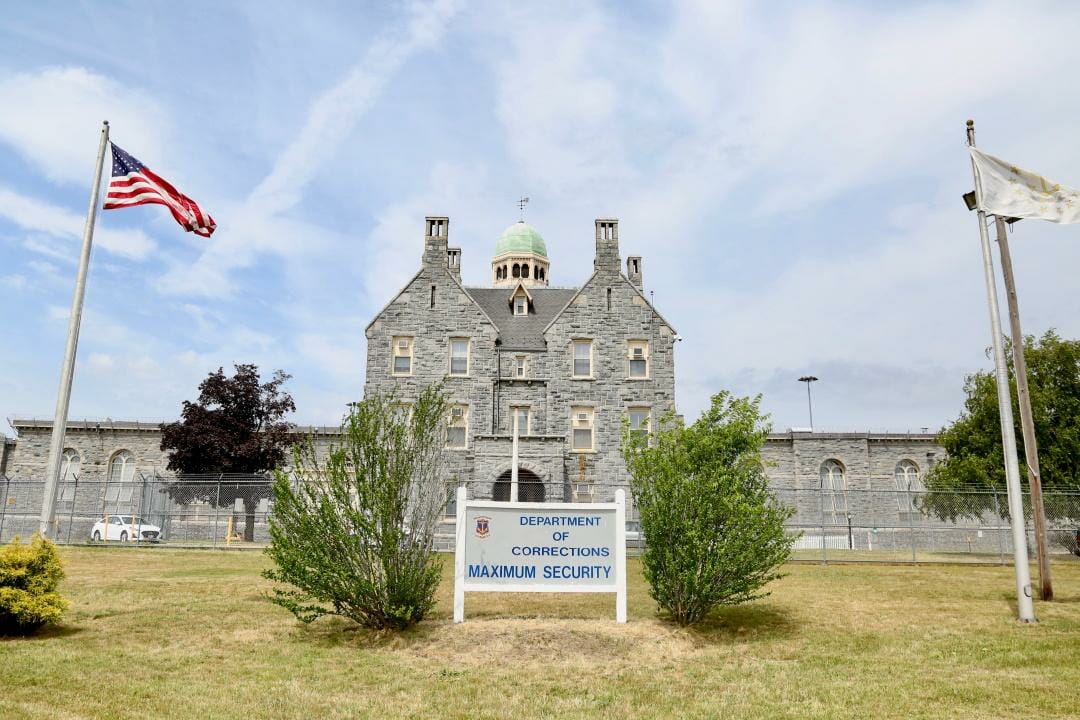
Criminal Justice and Rehabilitation in Rhode Island
Each state in the U.S. operates a criminal justice system. While they may seem complicated initially, briefly summarizing and analyzing just a few critical areas within a state’s criminal justice departments can provide a clear view of how that state’s incarceration and reform system works.
Prison Population Data in Rhode Island
One can understand Rhode Island’s criminal justice system by answering the following questions:
- What criminal rehabilitation programs are used in Rhode Island?
- Are there alternatives to incarceration in Rhode Island?
- How many people are incarcerated in Rhode Island?
- What are the biggest prisons in Rhode Island?
- What is Rhode Island’s recidivism rate?
- What is Rhode Island’s crime rate?
Though Rhode Island is geographically the smallest state in the U.S., it is not the least populated (Wyoming is). According to the Bureau of Justice Statistics, Rhode Island has the 48th highest incarceration rate in the U.S., meaning just Maine and Massachusetts incarcerate fewer residents per capita than Rhode Island. Rhode Island incarcerates 118 individuals for every 100,000 living in the state. The overall U.S. incarceration rate is 350 per 100,000.1
But how many people are incarcerated in Rhode Island? From data published by the National Institute of Corrections, Rhode Island is one of six states with a Unified System, meaning the state integrates its jail and prison facilities. (Alaska, Connecticut, Delaware, Hawaii, and Vermont are the other states that operate such a system). Rhode Island manages seven jail/prison institutions with about 2,740 prisoners. Rhode Island maintains its corrections department with 1,400 staff positions and a budget of $250 million. Rhode Island also operates a community corrections department with 19,897 individuals under probation and 557 under parole.2

Rhode Island Maximum Security Facility, Cranston. Image courtesy of doc.ri.gov
All of Rhode Island’s incarcerated individuals are held in state-run systems—Rhode Island refrains from contracting with private prisons in any way. Rhode Island’s Maximum Security Facility, located in Cranston, is the state’s oldest and largest prison. Opened in 1878 and able to house 430 prisoners, the prison is modeled on Auburn-style construction, designed to consolidate all inmate cells into one main building.3
Crime Rates in Rhode Island
Perhaps the most crucial metric to understand when studying a state’s criminal justice system is its crime rate. Crime rates, whether going up, coming down, staying high, or staying low, are among the best indicators of whether or not a state is providing effective criminal reform and reliable public safety.

According to the National Institute of Corrections, Rhode Island records 221 violent crimes per 100,000 and 1,534 property crimes per 100,000. As for the raw figures on crime, Rhode Island’s Universal Crime Reporting Online Portal recorded the following:4
- 8,268 assaults in 2021, 8,540 in 2022
- 812 sexual assaults in 2021, 679 in 2022
- 56 kidnappings in 2021, 39 incidents in 2022
- 5 human trafficking crimes in 2021, 3 in 2022
- 40 cases of homicide in 2021, 17 such cases in 2022
Except for aggravated assault, most crime rates in Rhode Island are trending downward, with sexual assaults dropping only slightly and homicide dropping by more than 50%.
Recidivism Rates in Rhode Island
Another critical metric to examine when studying a state’s criminal justice system is its recidivism. Recidivism is defined as a formerly incarcerated individual committing a crime and returning to incarceration. According to the Rhode Island Department of Corrections Annual Recidivism Brief, the state’s recidivism rate has varied between 47% and 56% since 2004.
With a recidivism rate of about 50% for the last two decades, it is clear Rhode Island’s criminal justice system is not working for about half of those who go through it. While the state has done a fair job gradually reducing its crime rate, the Rhode Island Department of Corrections should implement evidence-based prisoner reform modalities into its jails and prisons to ensure those incarcerated obtain the services they need to reform.5
Three Criminal Rehabilitation Modalities Needed in Rhode Island
Rhode Island would likely reduce its prisoner recidivism rate if it implemented the following three programs into its criminal justice system:
- Addiction treatment programs for offenders who misuse substances
- Job skills programs to help offenders learn valuable trades for post-incarceration life
- Programs that teach skills and coping strategies to help offenders live crime-free lives following their release
Criminal Justice System Reforms in Rhode Island

Recognizing its high recidivism rate, Rhode Island criminal justice policymakers have worked to reform the state’s criminal justice system and create a more equitable and effective reform program. An independent criminal reform association, the Nolan Center for Justice, summarized the Rhode Island criminal justice system’s successes and drawbacks as follows: “Rhode Island has historically had a strong criminal justice system with relatively low incarceration rates and recidivism rates. However, they definitely saw increases in these numbers around 2008. The recidivism rate in 2004 before any reforms were passed was at 54%, and following the first reform dropped by about 5% in just five years. However, Rhode Island hit its prison population peak in 2008.” To address these shortcomings, Rhode Island implemented the following criminal justice reform efforts:6
- Governor Raimondo proposed several criminal justice reforms in the 2020 budget, including improved discharge planning, better access to health care, expanded parole to include the geriatric population, and incentivized work release programs.
- A 2015 executive order regarding prison population led to a drop of almost 100 incarcerated individuals that the state deemed did not need to be in prison.
- Rhode Island shifted its approach to sentencing to try and keep people out of jail, which is why it has one of the lowest incarceration rates in the nation.
Alternatives to Incarceration and the Need for Educational Programs Within Prisons in Rhode Island
Another area where Rhode Island can work to lower its prison population, recidivism rate, and crime rate is by offering more evidence-based alternatives to incarceration, like:
- Probation
- House arrest
- Community service
- Work release programs
- Substance abuse programs
For those who must serve a prison sentence, Rhode Island could reduce its recidivism rate by implementing educational programs in prisons in Rhode Island. Such policies should be implemented and supported by community members and law enforcement.
Sources Cited:
- BJS. “Prisoners in 2020 – Statistical Tables.” Bureau of Justice Assistance, 2020. bjs.ojp.gov
- NIC. “Rhode Island 2019.” National Institute of Corrections, 2019. nicic.gov
- RDDOC. “Maximum Security.” Rhode Island Department of Corrections, 20222. doc.ri.gov
- RDUCR. “Crime in Rhode Island.” Rhode Island Uniform Crime Reporting, 2023. riucr.nibrs.com
- RDDOC. “Rhode Island Department of Corrections Annual Recidivism Brief.” Rhode Island Department of Corrections, 2021. doc.ri.gov
- NCJ. “Criminal Justice Reform in Rhode Island.” Nolan Center for Justice, 2023. conservativejusticereform.org
Related Articles
Finding Personal Respect and Personal Pride
Before taking The Way to Happiness Correspondence Course, I did not realize my degree of self-respect or personal pride. I never really had a yardstick...
Read more >>
Nine States Have Reduced Their Prisoner Population by 30%. What Do They Have in Common?
For the first time in decades, several U.S. states are making a concerted effort to reduce their prison populations by applying a range of policy...
Read more >>
Successful Parenting for Anyone
Parents are the first teachers of children. Most parents learn parenting skills from what their parents did (or didn’t do). Unfortunately, this is not always...
Read more >>
Learning Study Skills to Help My Son
The Learning Skills for Life Course has helped me more than I ever expected if I’m being honest. I am currently doing my best to...
Read more >>





